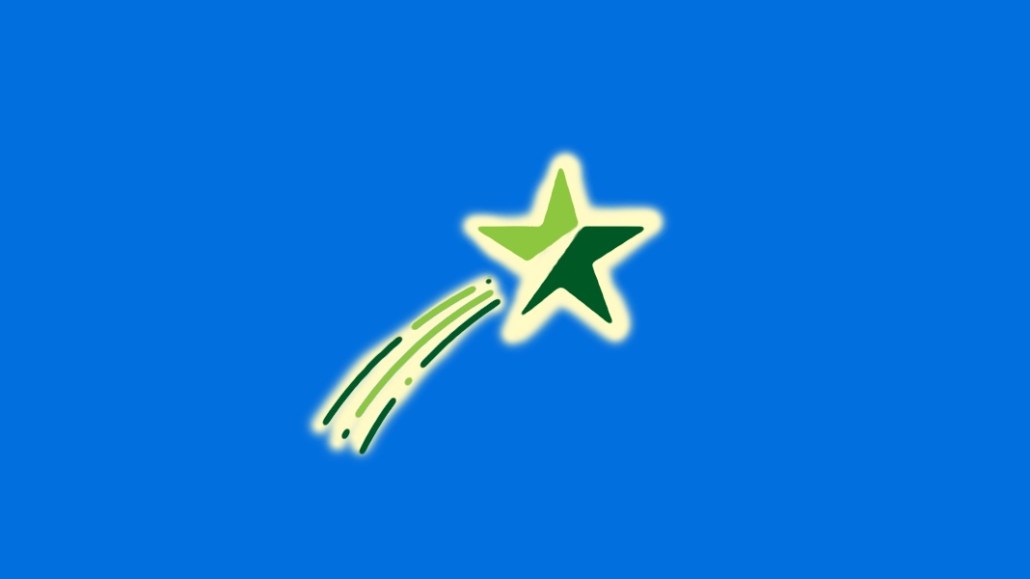Save 50% on a 3-month Digiday+ membership. Ends Dec 5.

To jump-start its hunt for digital subscribers, the Minneapolis Star Tribune is focusing on the middle of its marketing funnel.
Over the past year, the newspaper known locally as the Strib has grown its digital subscriber base 30 percent to 55,000; a basic digital sub costs $3.79 per week. It’s gotten there by targeting different kinds of readers on Facebook, giving registered readers a lighter ad experience and increasing its service journalism.
That 55,000 total is far from the 100,000 digital subscribers targeted by Star Tribune publisher Mike Klingensmith. But it represents progress for the news publisher, whose digital subscription adoption rate slowed to a near standstill two years ago.
“Historically, we’ve been very good at top-of-the-funnel tactics. And historically we’ve been very good at bottom-of-funnel tactics. We have decades of expertise in direct-response marketing,” Star Tribune CMO Steve Yaeger said. “Now, the middle of the funnel becomes a lot more important.”
Over the past year, the Star Tribune has made product improvements to grow subscriptions. It added in-app purchasing to its mobile apps. It began using more first-party data to determine what kinds of ads its visitors saw. This past spring, it started showing heavy readers sub offers rather than remnant programmatic inventory, seeing there was more value in converting a subscriber than showing them an ad.
The paper also is showing logged-in site visitors fewer ads and later this year, will test restricted access to certain content to registered visitors. It is also considering offering those readers early access to Star Tribune events.
The publisher is also begun building an article index that scores the stories that most led to subscriptions, and showing those articles to logged in readers rather than the most popular or most-shared stories.
Ad position: web_incontent_pos1
The Star Tribune changed its strategy off-platform, too. Louis Deering, the Star Tribune’s senior digital subscription marketing manager, said the Star Tribune used to concentrate its Facebook ad spending on people deemed most likely to subscribe. As the effectiveness of that approach wore off, the Star Tribune started promoting other kinds of stories. While sports and local news were popular with loyal audience, service journalism stories, particularly related to food and drink, also performed very well. The publication worked with Facebook distribution tool Keywee to target audiences with those stories.
“Naturally, within any group of people, there’ll be one group more disposed to purchase, and we were sort of depleting that group,” Deering said. “When we specifically optimized campaigns toward mid-funnel, that would help bring the rates for our bottom funnel back up.”
That success on Facebook helped expand the publisher’s content and distribution strategies. The Star Tribune now has a food and drink email newsletter, which it says is growing faster than any of its 30-plus newsletters.
As the year progresses, the Star Tribune’s success on Facebook will likely inform more of its content and distribution strategy.
“I’d say we’re near the end of the beginning,” Yaeger said of the Star Tribune’s efforts to drive digital subscribers. “What does the beginning of the middle look like?”
More in Media

Digiday+ Research Subscription Index 2025: Subscription strategies from Bloomberg, The New York Times, Vox and others
Digiday’s third annual Subscription Index examines and measures publishers’ subscription strategies to identify common approaches and key tactics among Bloomberg, The New York Times, Vox and others.

From lawsuits to lobbying: How publishers are fighting AI
We may be closing out 2025, but publishers aren’t retreating from the battle of AI search — some are escalating it, and they expect the fight to stretch deep into 2026.

Media Briefing: Publishers turn to vertical video to compete with creators and grow ad revenue in 2026
Publishers add vertical video feeds to their sites to boost engagement, attract video ad spend and compete with news creators.
Ad position: web_bfu




